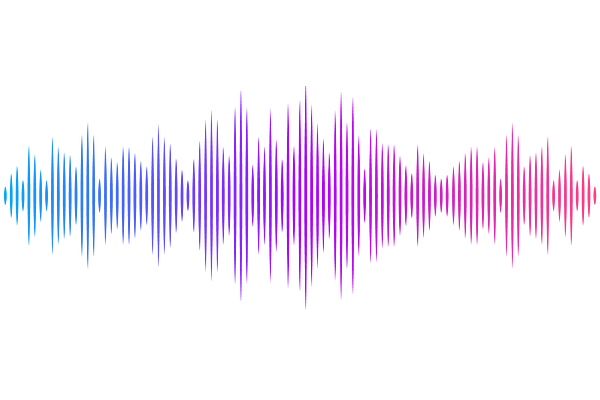Probing protein-protein interactions with drag flow: A case study of F-actin and tropomyosin

Probing protein-protein interactions with drag flow: A case study of F-actin and tropomyosin
Bages, C.; Chabanon, M.; Kools, W.; Dos Santos, T.; Pages, R.; Sirkia, M. E.; Leduc, C.; Houdusse, A.; Jegou, A.; Romet-Lemonne, G.; Wioland, H.
AbstractTropomyosin are central regulators of the actin cytoskeleton, controlling the binding and activity of the other actin binding proteins. The interaction between tropomyosin and actin is quite unique: single tropomyosin dimers bind weakly to actin filaments but get stabilised by end-to-end attachment with neighbouring tropomyosin dimers, forming clusters which wrap around the filament. Force spectroscopy is a powerful approach for studying protein-protein interactions, but classical methods which usually pull with pN forces on a single protein pair, are not well adapted to tropomyosins. Here, we propose a method in which a hydrodynamic drag force is applied directly to the proteins of interest, by imposing a controlled fluid flow inside a microfluidic chamber. The breaking of the protein bonds is directly visualised with fluorescence microscopy. Using this approach, we reveal that very low forces from 0.01 to 0.1 pN per tropomyosin dimer trigger the detachment of entire tropomyosin clusters from actin filaments. We show that the tropomyosin cluster detachment rate depends on the cytoplasmic tropomyosin isoform (Tpm1.6, 1.7, 1.8) and increases exponentially with the applied force. These observations lead us to propose a cluster detachment model which suggests that tropomyosins dynamically explore different positions over the actin filament. Our experimental setup can be used with many other cytoskeletal proteins, and we show, as a proof-of-concept, that the velocity of myosin-X motors is reduced by an opposing fluid flow. Overall, this method expands the range of protein-protein interactions that can be studied by force spectroscopy.